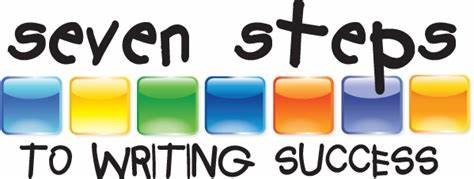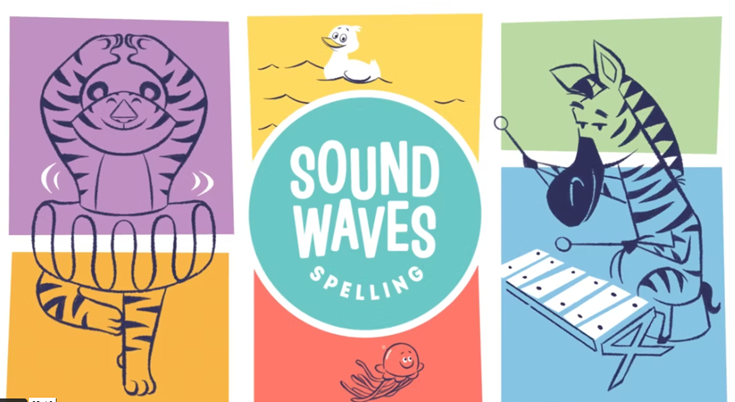Student Learning at Albany Rise
Whole School Instructional Model
Albany Rise Primary School has developed an explicit teaching model for instruction which is used across the school. The model has essential elements aimed at ensuring students are engaged and on task, with activities developed to suit learning needs and interests. The model includes key components, such as ensuring each lesson has a clear learning intention which is outlined to students at the start of each lesson.

Seven Step Writing Program
The Seven Steps are viewed as the building blocks to great writing. They break down writing into simple chunks, so students aren’t overwhelmed by writing a whole piece straight away. Instead, they gain confidence with each Step they learn, to become creative and engaging writers. Eventually they learn how to put it all together and write complete texts independently.
The Seven Steps:
-
- Step 1: Plan for Success
- Step 2: Sizzling Starts
- Step 3: Tightening Tension
- Step 4: Dynamic Dialogue
- Step 5: Show, Don’t Tell
- Step 6: Ban the Boring
- Step 7: Exciting Endings/Ending with Impact

Spelling Program: Sound Waves
At Albany Rise Primary School, we use the ‘Sound Waves’ spelling program. The Sound Waves synthetic phonics approach focuses on the process of segmenting (i.e. taking small sounds and putting them together to form a whole word).
Sound Waves Spelling follows a logical and thorough scope and sequence.
The program is organised around the 43 phonemes (sounds) of Australian English and the graphemes (a letter or letter combination) used to represent them in written language. It uses a sound-to-letter strategy which acknowledges that sounds can be represented more than one way in written form.
Instruction builds from Foundation to Year 6, starting with simple phoneme–grapheme relationships before exploring more complex relationships, morphology and etymology.
Informed by research on the best practices for teaching spelling, the program incorporates four key areas of teaching:
- Phonemic awareness: the ability to work with phonemes (sounds).
- Synthetic phonics: phonics instruction that involves teaching phoneme–grapheme (letter relationships.
- Morphology: knowledge of the meaningful parts of words: prefixes, suffixes, and Greek and Latin roots.
- Etymology: understanding of word origins and history.For more information please visit: Soundwaves website

VCOP Writing
The VCOP Writing framework provides explicit and systematic instruction in writing, incorporating shared, guided and independent writing through building Vocabulary, Connectives, Openers and Punctuation. Our School staff and leadership work with a number of local schools to raise expectations in relation to Writing linked to the Framework for Improving Student Outcomes (FISO).
Please click on the link on how you can support your childs writing skills: VCOP Parent Information Booklet Everyone Can Write

Ninja Maths
Our Ninja Math Program is based on the Math Master/Ranger Program which currently running in other schools, we have taken the program and tailored it to our needs. The program has linked to studies and theories related to the importance of Number Sense by Dianne Siemon and ‘Big Ideas in Numbers’ research and findings.
Students work through the program beginning with the White Belt. Other Belts are Yellow, Green, Brown, Purple, Black and Platinum. All the belts relate to key skills required for students to have a sound knowledge base around Number Sense. Students receive certificates that correlate to the colour of their successfully gained belt.Ninja Maths

Play Based Learning
Our Foundations to Year 2’s participate in a Play Based Learning program. We have an open space in our A.R.C to accommodate investigative play. Students investigate different learning centres to develop their exploration skills, creativity, independence, social skills, oral language skills and love of learning. The learning centres are designed by teachers to incorporate:
- focus topics of the curriculum
- different learning needs (fine motor development, dramatic play areas to support oral language and
- imagination, craft areas to support creativity and many more)
- interests of the students

Student Personal Goal Setting
Students from Foundation to year 6 are encouraged to develop goals about their learning which reflect their current abilities and personal learning targets in all key curriculum areas. Students refelct on these goals as part of the whole school reporting process. Students in year 3-6 work towards individualised goals which are regularly referred to and celebrated once achieved.

